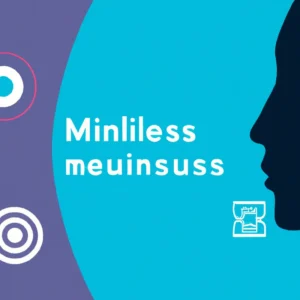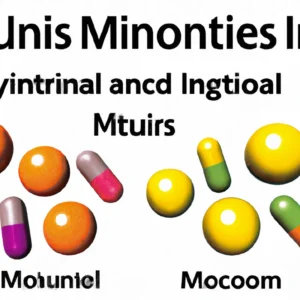Visualizing Victory: The Role of Mental Imagery in Athletic Performance and Training
# Visualizing Victory: The Role of Mental Imagery in Athletic Performance and Training
Athletes often speak of the importance of mental preparation in achieving peak performance. While rigorous training and proper nutrition are undeniably crucial, mental imagery has emerged as a powerful tool that can help athletes visualize success. This technique involves creating vivid mental images of desired outcomes, processes, or routines, allowing athletes to enhance their focus, boost confidence, and improve their performance. In this blog post, we’ll explore how mental imagery can play a pivotal role in athletic training, the nutritional considerations that can complement this practice, and the overall health benefits that come from incorporating visualization techniques into one’s training regimen.
## The Science Behind Mental Imagery
### Understanding Mental Imagery
Mental imagery, often referred to as visualization, is the process of creating mental representations of experiences, actions, or events without any immediate physical input. For athletes, this might mean visualizing the perfect performance, feeling the adrenaline rush during a competition, or picturing themselves crossing the finish line first. Research suggests that mental imagery activates similar brain regions as actual physical practice, enabling athletes to enhance their skills and refine their techniques.
### The Benefits of Visualization in Sports
The benefits of mental imagery in sports are manifold. Athletes who utilize visualization techniques report higher levels of self-confidence, reduced anxiety, and improved focus. By mentally rehearsing their routines, athletes can effectively prepare for competitions, making them more resilient to the pressures of performance. Studies have shown that mental imagery can lead to measurable improvements in strength, endurance, and skill execution, underscoring its significance in athletic training.
## Nutrition Tips for Supporting Mental Imagery
Nutrition plays a crucial role in optimizing both physical and mental performance. Here are some essential nutrition tips to support athletes in their mental imagery practices:
### Stay Hydrated
Hydration is vital for cognitive function. Dehydration can lead to decreased concentration and increased fatigue, impairing one’s ability to visualize effectively. Aim to drink plenty of water throughout the day, especially before and after workouts.
### Fuel Your Brain with Healthy Foods
Incorporate foods rich in omega-3 fatty acids, antioxidants, and complex carbohydrates to support brain health. Fatty fish, nuts, seeds, leafy greens, and whole grains provide the essential nutrients needed for optimal cognitive function.
### Timing is Key
Eating balanced meals and snacks at appropriate times can help maintain energy levels and mental clarity. Prioritize meals that include protein and healthy fats, which can enhance focus and cognitive performance during visualization sessions.
## Exercise Advice for Enhancing Visualization Techniques
Incorporating physical exercise into your routine can complement mental imagery practices. Here are some exercise tips to enhance the effectiveness of visualization:
### Combine Physical and Mental Practice
During training sessions, integrate mental imagery with physical practice. For example, as you perform a specific skill or routine, visualize the desired outcome simultaneously. This dual approach reinforces neural pathways, making the skill more ingrained.
### Engage in Relaxation Techniques
Incorporate relaxation techniques such as yoga or meditation into your routine. These practices can improve focus, reduce anxiety, and create a conducive mental state for visualization. As you relax, take a few moments to visualize your goals and aspirations.
### Set Clear Goals
Establish specific, measurable, achievable, relevant, and time-bound (SMART) goals for your training. Visualize achieving these goals regularly to strengthen your commitment and motivation, ensuring a clear mental image of what success looks like for you.
## Health Benefits of Mental Imagery
The advantages of mental imagery extend beyond athletic performance, contributing to overall well-being. Here are some notable health benefits:
### Reduced Stress and Anxiety
Visualization techniques can serve as effective stress management tools. By practicing mental imagery, athletes can reduce pre-competition anxiety, fostering a calm and focused mindset that enhances performance.
### Improved Sleep Quality
Engaging in visualization before bedtime can promote relaxation and improve sleep quality. A well-rested body and mind are essential for optimal performance, and incorporating mental imagery into evening routines can support this goal.
### Enhanced Resilience
Regular practice of mental imagery can help athletes develop resilience. By visualizing overcoming obstacles and setbacks, athletes can cultivate a stronger mindset, enabling them to face challenges with confidence and determination.
## Conclusion
In summary, mental imagery is a powerful tool that can significantly enhance athletic performance and training, offering benefits that include improved focus, reduced anxiety, and increased resilience. When paired with proper nutrition and exercise strategies, mental imagery can















Post Comment